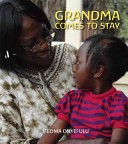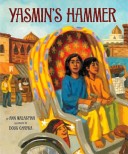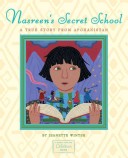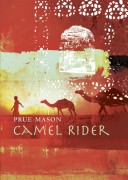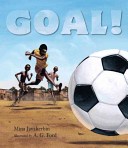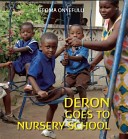
Deron Goes to Nusery School is a title in the First Experiences series, a vivid new series portraying young children’s very first experiences of nursery school, time with grandparents, and other events. The first time for anything can be daunting, and these books set out to familiarize children, through simple read-aloud words and beautiful photos, with what seems at first unfamiliar but will eventually become a routine part of everyday life. Set in and photographed in Ghana in West Africa, these beautiful books brilliantly capture these universal early childhood experiences from the relatively unusual and revealing perspective of a country in the developing world. In Deron Goes to Nusery School, Deron watches his mother make his new school clothes. The next day he goes with her to the school and meets his new teacher, who shows him around the school and introduces him to the other children. Playing, singing, writing, eating lunch, resting, and listening to a story are all part of Deron’s exciting first day, and at the end he can’t wait to go back tomorrow. Written and photographed by an award-winning author, this is a uniquely heart-warming book to share with all young children.

